Flood-related costs hit some Upper Valley towns in the budget
| Published: 02-27-2024 10:01 PM |
STRAFFORD — Last July, flood waters tore apart Freeman Bridge, which spans a length of Old City Falls Brook on Freeman Road.
Strafford’s road crew rushed to erect a temporary replacement as the town waited on funding from the Federal Emergency Management Agency to put in a permanent structure.
But when heavy rain and unseasonable snowmelt roiled the brook again in December, another close call emphasized the need for a more flood-resistant replacement.
In 2011, Tropical Storm Irene took out the same bridge, and FEMA funded repairs on the condition that the town rebuild it to the same specifications as before. It’s speculative to say that the destruction in July or the anxiety in December might have been avoided had the bridge been rebuilt with the future in mind. But recent years have demonstrated the region is increasingly prone to destructive weather events.
Either way, voters will be asked to foot part of the repair bill at Town Meeting on March 5.
The town is on the hook for just under $218,000 in flood-related expenses — including $175,000 the town match for the FEMA grant, an audit that is required with FEMA funding and interest payments.
All in all, the costs account for 44% of the nearly $495,000 increase in the municipal portion of next year’s proposed budget.
Strafford isn’t alone. Other Upper Valley towns are also waiting on reimbursement from FEMA, requiring them to borrow money or take it from reserve funds to help bridge the gap.
Article continues after...
Yesterday's Most Read Articles
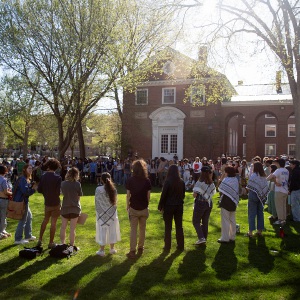 Dartmouth administration faces fierce criticism over protest arrests
Dartmouth administration faces fierce criticism over protest arrests
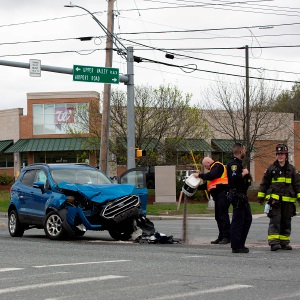 West Lebanon crash
West Lebanon crash
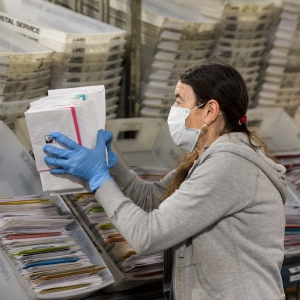 Plan on track to ship Upper Valley mail to Connecticut for sorting
Plan on track to ship Upper Valley mail to Connecticut for sorting
 Lebanon’s Jewell back from auto accident, more aware of ‘drowsy driving’ dangers
Lebanon’s Jewell back from auto accident, more aware of ‘drowsy driving’ dangers
 Longtime employees buy West Lebanon pizzeria
Longtime employees buy West Lebanon pizzeria
Contractors don’t wait for FEMA reimbursement, said Selectboard Chairman John Freitag. So the town took out a line of credit with Mascoma Bank.
Now, Strafford must pay back the $24,646 in interest on the $1.6 million it borrowed in July.
The rest of the budget increase is due to a shortfall of revenue and other increased expenditures.
“It’s just the perfect storm of snags,” Freitag said.
The strain of this kind of damage on taxpayers is partly unique to a town like Strafford, which has a population of just over 1,000 people and a small tax base. The town doesn’t have a highway reserve fund and few commercial properties to help shoulder the property tax burden.
Loans such as those taken out by Strafford aren’t insulated from the impacts of inflation. Towns are paying higher interest rates, and the cost of materials has remained high.
“Even (the Vermont Agency of Transportation) is able to do 25-30% less than what they thought,” said Peter Gregory, executive director of the Woodstock-based Two Rivers-Ottauquechee Regional Commission.
Moving money between reserve funds ultimately drains a town’s capacity to handle other capital projects.
“We have a lot of communities that have struggled to keep up with maintaining and investing in their infrastructure,” Gregory said. “A lot of that is coming home to roost. Certainly not related to roads and bridges, but it impacts the budget as a whole.”
In Royalton — a town with almost triple the population of Strafford — a highway and infrastructure reserve fund is seeing the town through the worst of the crunch.
A handful of town roads damaged in July flooding remained shuttered into the fall, but expenses related to repair won’t be levied from taxes, said Town Administrator Victoria Paquin.
But the town has been left with depleted reserves. Royalton is waiting for an influx of money from the Vermont Bond Bank Municipal Climate Recovery Fund “to get some cash back into our coffers,” Paquin said.
In the meantime, she estimated that the recreation fields still covered in silt from the July flood will be open in the spring.
In Norwich, Town Meeting voters will consider creating a rainy day fund to bolster its emergency management reserves.
The Selectboard is asking voters for $150,000 of tax money to go toward the creation of a “Culvert Fund” to install and replace culverts.
“Up to this point, we’ve been doing this out of the operational budget,” said Town Manager Brennan Duffy. “So this is planning ahead, setting aside funding that we would use.”
In Barnard, voters will be asked to authorize the town to transfer $300,000 from budget surpluses into a highway projects reserve fund, which would go toward repairs for bridges, culverts, bank slides and erosion caused by the July flood.
But the impact of the $2 million in repairs from July flooding will continue to show up in budgets years to come, said Town Administrator Rob Ramrath.
“From everything I can gather, in my experience, plus discussions with FEMA and the consultants we’re working with, very rapid reimbursement would be one year, and typically two years, and up to three years to get your money back,” Ramrath said.
The $300,000 “only makes a dent,” Ramrath said.
“That’s not going to take care of it,” he said. “We have to space these projects over three years most likely, hoping that we’re not going to get another disaster in the meantime just to compound the issue.”
In the decade since FEMA mandated that Freeman Bridge in Strafford be replaced with its carbon copy, the logic of disaster management has been refined.
Changes to federal law over the last decade have made it easier to finance mitigation projects, Gregory, of the regional planning commission, said.
“But we need to recognize that if we do the same thing we’ve always done, it’s going to be terrible for taxpayers, and destructive to people’s lives and properties,” Gregory said.
Frances Mize is a Report for America corps member. She can be reached at fmize@vnews.com or 603-727-3242.

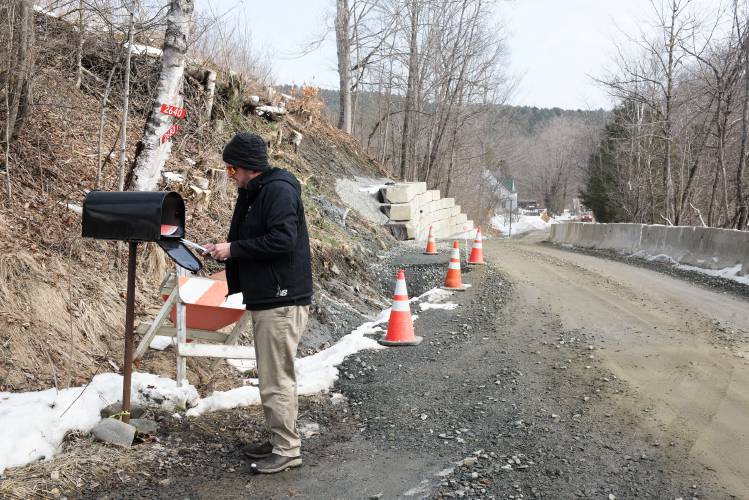
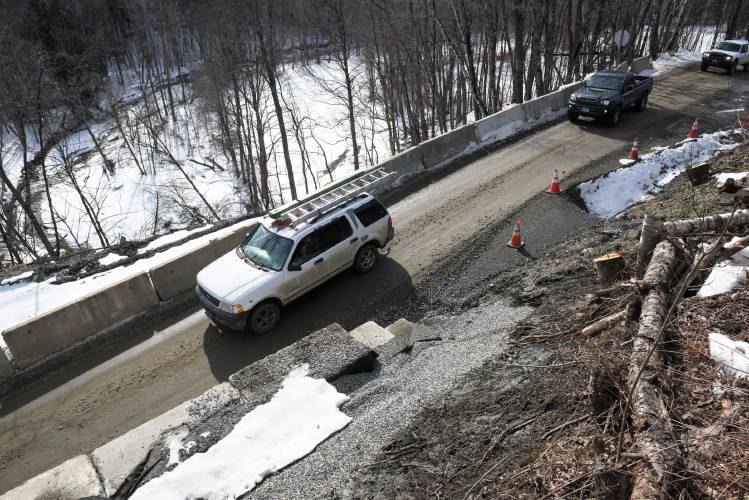
 Over Easy: On bread, buttered popcorn and big sandwiches
Over Easy: On bread, buttered popcorn and big sandwiches
